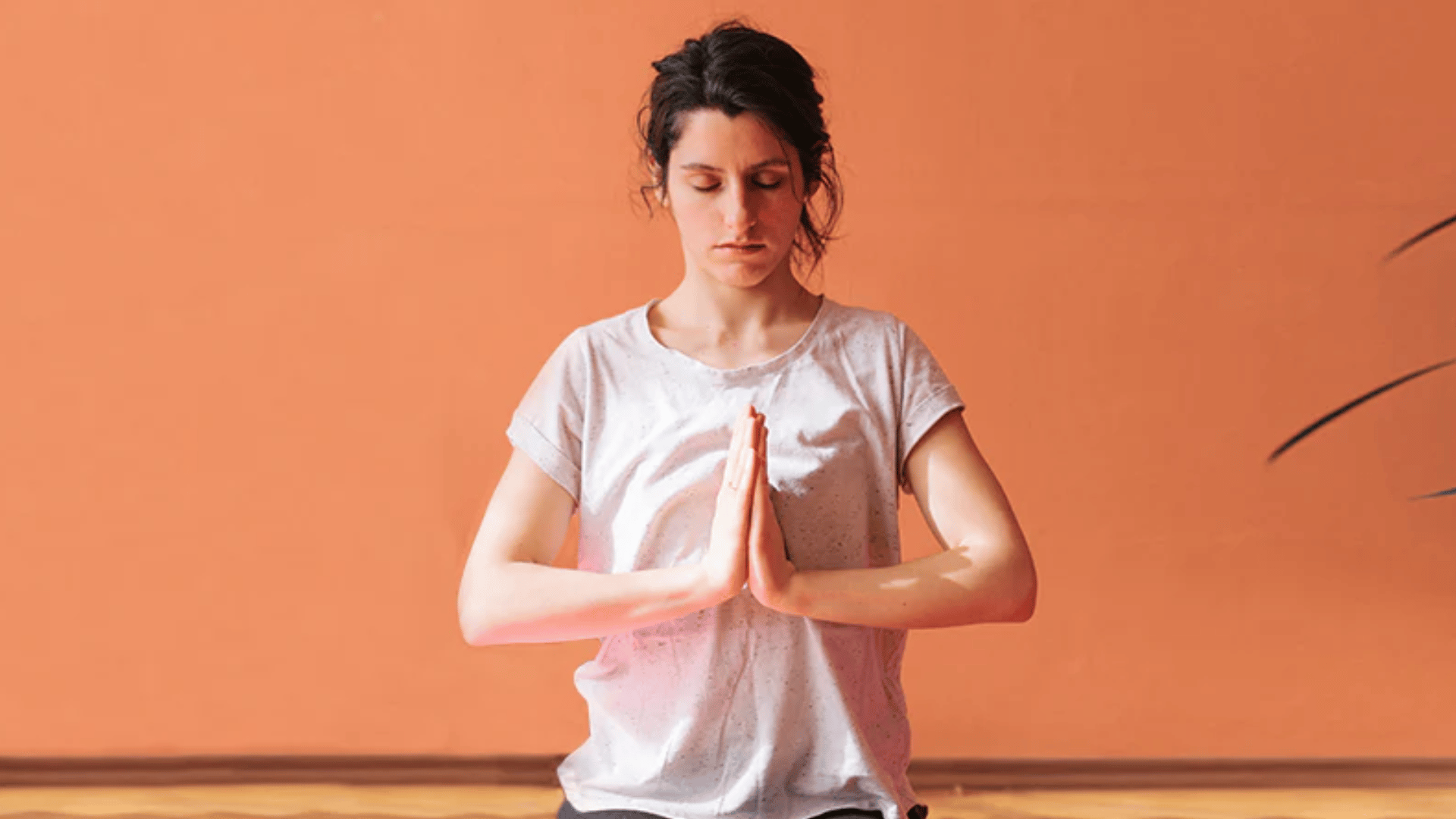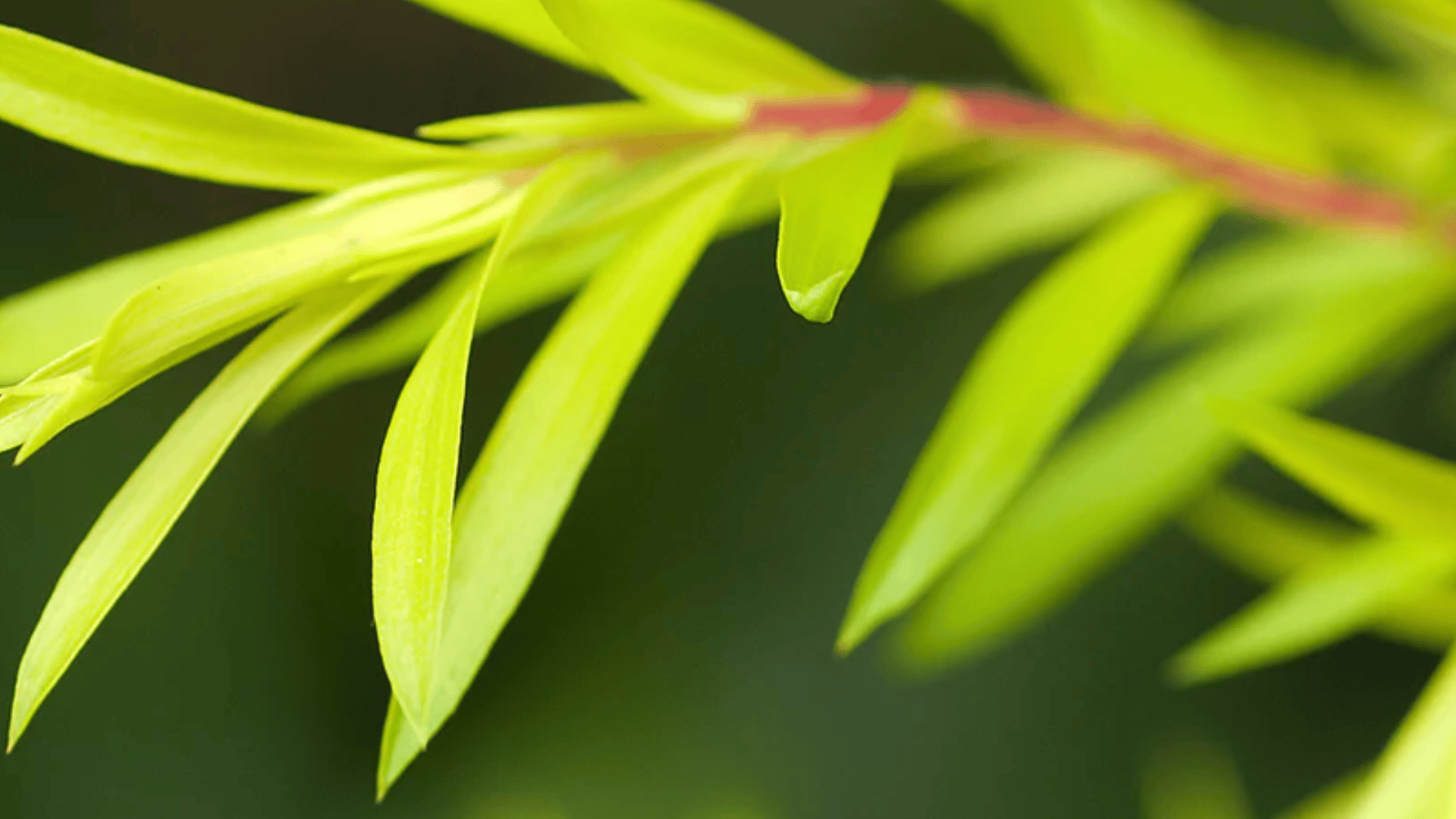Although it may be tempting to enjoy the convenience of renting a yoga mat that’s been used by fellow yogis at your favorite studio, the truth is that doing so could expose your body to a number of viruses, bacteria, and germs that can make you sick.
Below are just a few of the many reasons why you should purchase your own yoga mat, keep it clean, and bring it to every class. While sharing yoga mats as part of a community is a nice idea, hygiene and cleanliness should come first in order to keep everyone in the room healthy. No one wants their practice interrupted by illness!
An untreated yoga mat has 100,000 bacteria per cubic centimeter
As Dr. Greg E. Cohen, a podiatrist at Long Island College Hospital, stated in a New York Times article, he has seen a 50% spike in patients with plantar warts and athlete’s foot as yoga has become more popular. The likely culprit? Unclean exercise mats, Dr. Cohen says.
Some gyms and studios leave it up to the yogis to clean their mats, but some people may not bother or may not know how to disinfect a mat properly before returning it. Also, some yoga studios and gyms only clean their rental mats once a week, which means a lot of yogis have stepped onto the same mat throughout the week before it’s been washed.
4 reasons why NOT to share or rent yoga mats:
- Stubborn bacteria and viruses: Bacteria and viruses are able to survive on a yoga mat for several hours or even several days. Flu viruses can survive 24 hours on surfaces, while cold viruses have been shown to survive on indoor surfaces for approximately seven days. Health practitioners recommend thoroughly washing your hands and surfaces to prevent spreading germs.
- Ease of germ transfer: The average individual will touch her face around 18 times every hour, transferring germs from the mouth and nose to the skin, and onto the mat, and back to the face.
- Sweaty breeding grounds: Yoga studios that offer sweaty sessions of Ashtanga, Vinyasa, and Hot Yoga are breeding grounds for germs, thanks to their humid, warm conditions. Fungi love moist places, so mats provide an ideal home for these unwanted intruders. Even a gentle or restorative practice on a hot summer day can provide the ideal environment for germs to thrive and spread.
- Yoga studio floors are dirty. Thousands of germs are found in a typical yoga studio. Even the floor alone can spread plantar warts, athlete’s foot, ringworm, and staphylococcus.
Claim – and clean – a yoga mat of your own
Investing in a yoga mat of your own is the best way to protect yourself from the many germs that can easily spread from one person to another. Just like you wouldn’t want to share your toothbrush with someone else, it’s best not to share your yoga mat either.
Regularly cleaning your mat is easy, and doing so will keep it smelling fresh. And don’t skimp on cleaning your own mat. Think of all the bare feet that have walked on and sweat that has shed on those studio floors. Even though you’re the only one using your mat, germs can jump onto your mat from the floor.
So rather than smelling someone else’s sweat on a shared mat, you can gracefully flow into downward dog and rest assured that you aren’t exposing yourself or others to potentially dangerous infections.
How to clean your yoga or Pilates mat
Soap and water alone will not kill bacteria and fungi. That’s why we infuse all-natural castile soap with tea tree essential oil, one of the most powerful oils that kills fungus, bacteria, viruses, and mold – naturally. We also add essential oils that provide mind, body, and soul benefits, diluted to a concentration that’s safe for yoga and Pilates mats and props. Some customers even use our cleaner for their kids' play mats. Check out our 7 mat cleaners.
“I was excited to find an all natural product (that smells amazing!) to clean my mat with as I use it almost daily and have two little ones crawling all over it at home.” - Alyssa
How to clean your yoga mat after every practice
- Shake your bottle of cleaner well to mix all the ingredients.
- Dampen a clean cloth with water (we include a free microfiber towel with our cleaner so you can use it as soon as you unbox it!). This is important otherwise the cloth will absorb more mat cleaner than goes on the mat.
- Spray directly onto the cloth 3 to 5 times, then wipe down your mat.
- Let your mat completely air dry before rolling it up.
How to deep clean your mat
The longer a yoga mat is left uncleaned, the more risk to your health. If your mat has been neglected for a while – or you’re using a borrowed mat at class – take time to give it a deep clean.
- Lay out your yoga mat flat on the floor.
- Spray yoga mat cleaner directly onto the mat, misting the entire surface.
- Let it sit for 2 minutes so it can break down the dirt, germs, and bacteria.
- Dampen a clean cloth with water, then wipe down the surface of your mat.
- Let your mat completely air dry before rolling it up.
Pro tip – Always air dry your mat before rolling it up
This is important, otherwise your mat will remain a damp host for those germs. Also, rolling up your mat immediately after cleaning can make it slippery and dangerous. Take the few minutes to let your mat dry so you can practice safe yoga.
Pro tip – Safe for all mats and props
Our mat cleaners are safe to use on blocks, straps, rollers, and other yoga and Pilates props. If you can sweat on it, then you can use Asutra natural yoga mat cleaners to restore and refresh it. No synthetic chemicals, artificial colors, parabens, alcohol, or detergents.
Resource:
National Health Service, “How Long do Bacteria and Viruses Live Outside the Body”, https://www.nhs.uk/common-health-questions/infections/how-long-do-bacteria-and-viruses-live-outside-the-body/






